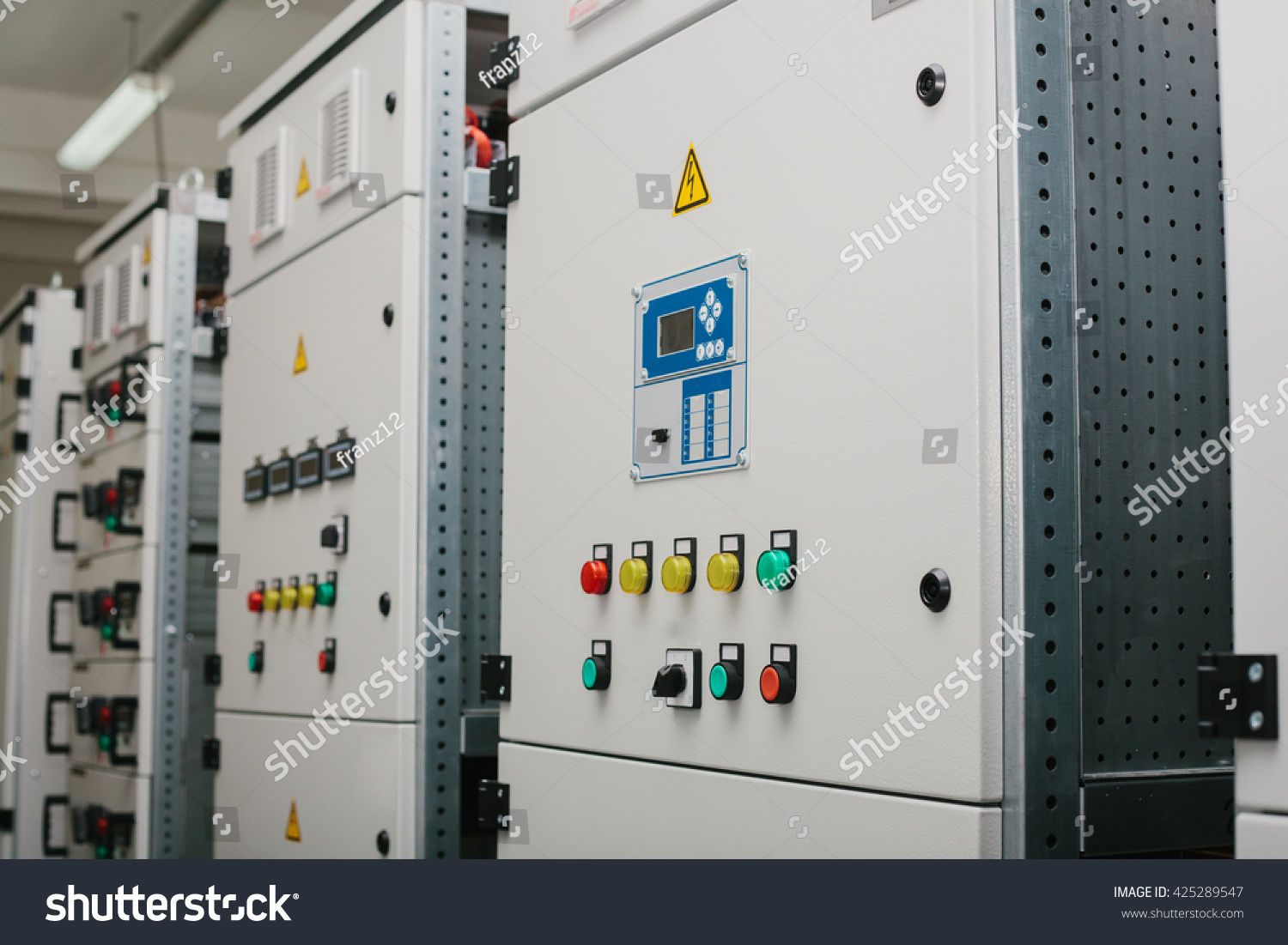Upgrading an automation and control cabinet is a cost-effective way to modernize industrial equipment, improve reliability, and add new capabilities — without replacing the entire system. Whether you’re updating a legacy setup, improving safety, or adding connectivity, here’s how to plan and execute the upgrade.
Reasons to Upgrade
- Obsolete/unsupported PLCs, drives, or HMIs
- Can’t connect to modern networks (Ethernet/IP, Modbus TCP, etc.)
- Frequent faults or maintenance downtime
- Need improved safety compliance (SIL/PL upgrades)
- Adding new machine features or expanding I/O
- Better energy efficiency & thermal management
Assessment & Planning
- Document the current system
- Schematics, wiring diagrams, PLC programs, I/O lists, device tags
- Define upgrade goals
- Example: Replace old PLC (SLC, Siemens S5), add SCADA, retrofit VFDs
- Evaluate space & thermal limits of the cabinet
- Backup all software before making changes
Common Upgrade Components
| Component | Old | New |
|---|---|---|
| PLCs | Allen-Bradley SLC | CompactLogix / Siemens S5 → S7-1500 |
| HMIs | Monochrome | Touchscreen with Ethernet |
| Drives | Basic VFD | Smart drive with PID, energy-saving modes |
| Relays/Timers | Mechanical | Solid-state or PLC-integrated |
| Power Supplies | Linear | Switching with diagnostics |
| Network | Serial RS-232/485 | Ethernet/IP, Profinet, Modbus TCP |
| Safety Devices | Hardwired | Safety PLCs, safety relays, light curtains |
Upgrade Process Steps
- Survey & reverse-engineer if documents are missing
- Design schematics in AutoCAD Electrical or EPLAN
- Select modern equivalents for outdated parts
- Create migration strategy (phase-wise or full swap)
- Order components (wiring, terminals, breakers)
- Build/retrofit cabinet
- Remove old equipment
- Install DIN rails, ducts, cable trays as needed
- Wire components & label thoroughly
- Load or convert PLC/HMI programs
- Test all I/O & network connections
- Document the installation
Post-Upgrade Benefits
- Increased reliability & diagnostics
- Remote access & data logging
- Reduced downtime
- Improved safety compliance (PL/SIL validation)
- Energy savings & faster troubleshooting
Key Considerations
- Verify sensor/actuator compatibility with new hardware
- Ensure proper grounding & shielding in high-speed networks
- Validate control logic conversion (ladder ↔ structured text)
- Maintain proper panel cooling
- Comply with updated code standards:
- UL508A
- IEC 60204-1
- NFPA 79



